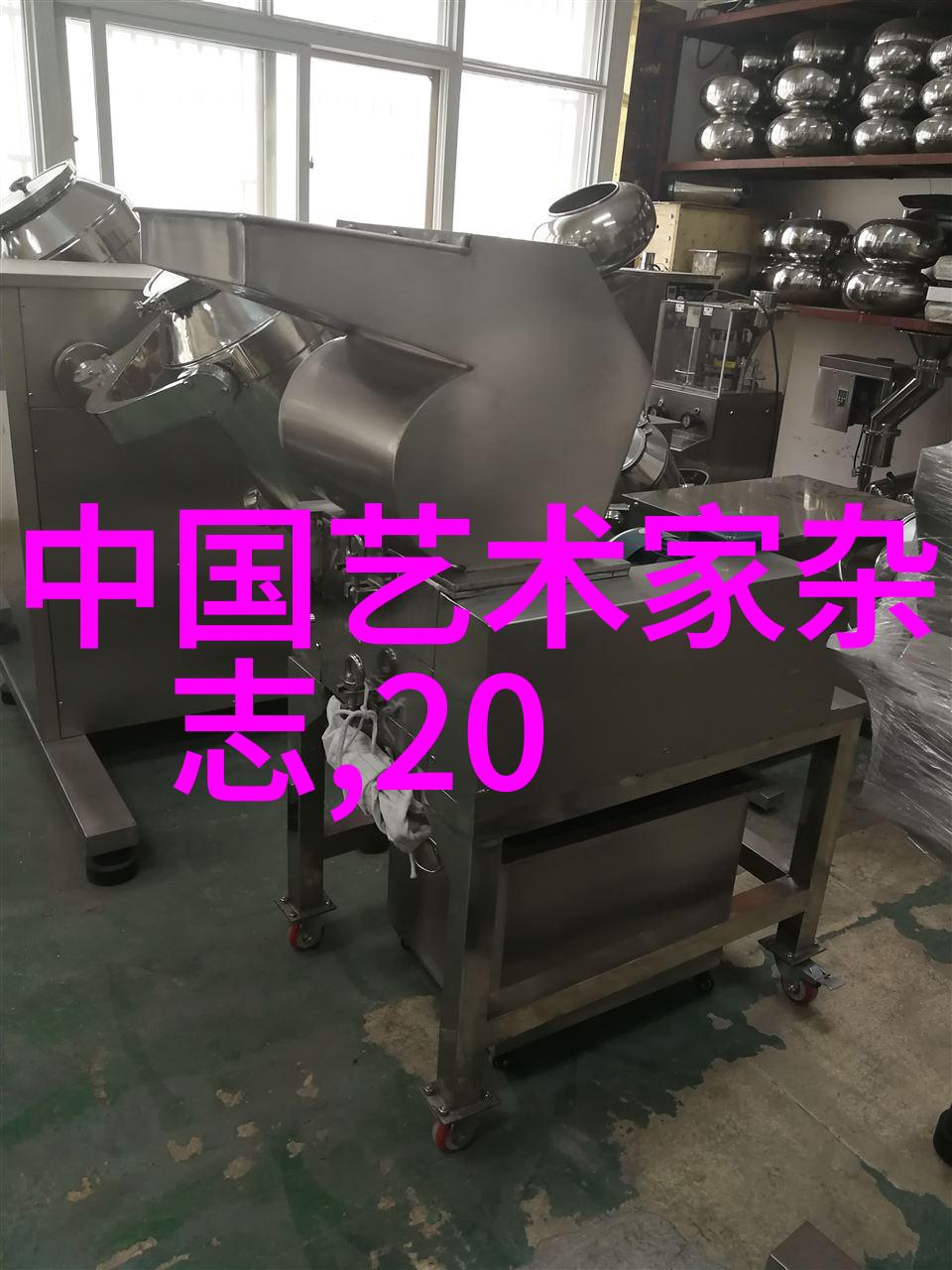颜料与工艺揭秘中国古代绘畫材料
在中国画的世界里,颜料和工艺是创作的一部分,它们不仅决定了画面的色彩和质感,还体现了艺术家的技巧和情感。从最早的洞穴壁画到现在流行的水墨画,每一时代、每一地区都有其独特的材料使用习惯。在这篇文章中,我们将探讨中国古代绘畫所使用的颜料及其制作方法,以及这些原材料如何影响艺术作品。

一、山东黄土:自然之美
在中国传统绘画中,山东黄土被广泛用于制成赭石,这是一种红褐色的矿物质。赭石通常用来描绘人物脸部、衣衫等地方,因为它能够展现出深沉而丰富的人物表情。赭石的取得需要挖掘在地下深处,经过分选后才能制成适合用途的小颗粒。这种从大地中提取出的自然之美,是中国文化中的重要组成部分。

二、碧玉绿:翡翠与青铜器
翡翠作为一种宝贵的绿色宝石,在中国历史上经常被用于装饰品或雕刻。这不仅因为其美丽且珍贵,更因为它象征着好运和繁荣。在艺术创作中,翡翠也常常用来描绘植物或者动物,以其鲜明而持久的地球色调增强作品生动性。此外,与金属相结合,如青铜器,也能产生出不同的光泽效果,为作品增添层次感。

三、紫砂陶瓷:泥土与火焰
紫砂茶壶以其独特的手工技术闻名于世,这种手法涉及精心选择并混合不同类型的地面粑粑,然后通过滤网打磨得到细腻光滑表面。而这种特殊的手法同样应用于制作一些小型画像或图案,用以装饰墙壁或其他对象。这类泥土产品往往带有浓厚的人文气息,其制造过程充满了耐心与智慧,对待任何一个小细节都要求极高标准。

四、高温熔融:玻璃技艺
虽然玻璃不是直接参与到传统中國繪畫当中的主要材料之一,但是在某些时期尤其是唐朝之后,它开始被用作装饰性的元素,比如窗户上的纹理设计。在高温熔融过程中,可以形成各种各样的形状,从简单到复杂,从单纯到多彩多姿,都可以实现。这使得玻璃成为了一种具有强烈视觉冲击力的艺术媒介,使得整体布局更加丰富多彩。

五、染织与缦帛:织造故事
在中华民族悠久历史长河中,有一种称为“缦帛”的特殊织品,其纹路精致且呈现出三维效果,不仅仅是一种简单的手工编织,而是一个集文化底蕴于一身的情境叙述者。其中有些甚至包含隐含着道德教训或者神话传说,用以教育人们关于社会规范以及人生的智慧观点。在这些纹理之间,不言而喻地存在着对过去记忆回顾以及未来展望的一种期待力量,让我们思考那些曾经走过又再次回到眼前的瞬间。
总结来说,China's painting is not just a simple act of color application, but a complex process involving the selection and manipulation of various materials. From the natural yellow ochre to the artificially produced pigments, each material has its unique characteristics that can either enhance or detract from the overall effect of the artwork. By understanding these materials and techniques, we can gain a deeper appreciation for the art form itself and its role in Chinese culture.
In conclusion, China's traditional painting is more than just an artistic medium; it is also a reflection of human ingenuity and creativity. The use of natural materials such as earth oxides, gemstones like jade and lapis lazuli, ceramics like porcelain and celadon ware, glassware with intricate designs are all part of this rich cultural heritage. These objects not only serve as decorative pieces but also hold spiritual significance in their own right.
Moreover, they have played an important role in shaping Chinese aesthetics over time by providing inspiration for artists to explore new ways to express themselves through art. In doing so they have contributed significantly to China's cultural identity both domestically and internationally.
So next time you view a piece of traditional Chinese painting remember that behind every stroke there lies a history - one that stretches back thousands years into China's past filled with stories about people who lived long ago struggling against adversity yet still managed to create something truly remarkable out there on canvas today!